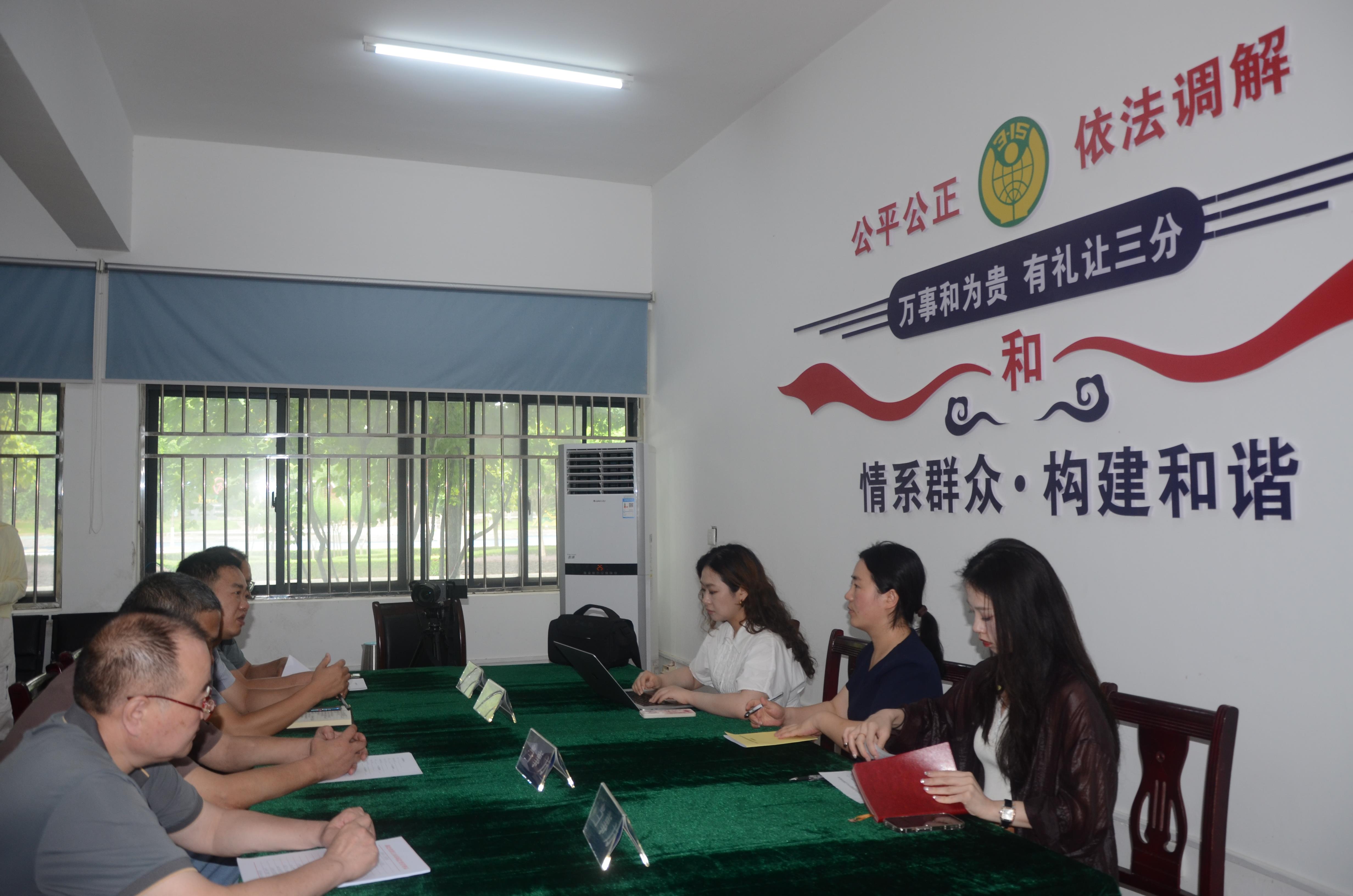新疆天山具有极好的世界自
2021世界自然遗产十佳?世界
2021世界自然遗产十佳 第10名·伊朗(26件) 【代表性的世界遗产】伊斯法罕的王侯广场  王侯广场 说起代表伊朗的世界遗产就是著名的伊斯法罕的王侯广场。伊斯。遗产
世界自然遗产有哪12个?世界
世界自然遗产有以下12个: 1. 苏格兰・圣基尔达群岛 2.新西兰・东加里罗国家公园 3.叶门・索科特拉群岛 4.中国・武陵源景观区 由张家界国家森林和地质公园,以。
世界自然遗产名录有哪些?遗产
1.张家界武陵源风景名胜区 2.四川九寨沟景区 3.四川黄龙景区 4.云南三江并流风景名胜区 5.四川大熊猫栖息地 6.中国南方喀斯特 7.江西三清山风景名胜区 8.中国。
世界自然遗产排名?世界
9、中国南方喀斯特 荣誉:世界自然遗产,遗产由云南石林/贵州荔波/重庆武隆/贵州施秉/重庆金佛山/广西环江七地的喀斯特地貌组成 10、中国丹霞 荣誉:世界自然遗产。世界
世界自然遗产3个?遗产
1.新疆天山世界自然遗产,新疆天山,指天山山脉分布在中国境内的部分,又称中国天山或东天山,古名白山,又名雪山,因冬夏有雪,才有此名。新疆天山具有极好的世界自。
世界七大自然文化遗产?遗产
新的世界自然遗产地有:埃及鲸鱼峡谷、日本知床半岛、世界墨西哥加利福尼亚湾群岛及保护区、遗产西挪威峡湾、世界巴拿马柯义巴岛国家公园、遗产南非弗里德堡陨石坑、世界泰国栋巴耶。
世界自然遗产名录?
澳大利亚 卡卡杜国家公园(1981年,1987年,1992年)大堡礁(1981年)威兰德拉湖区(1981年)塔斯马尼亚荒原(1982年,1989年)豪勋爵群岛(1982年)澳大利亚东。
世界自然遗产纪录?
1、三江并流、武陵源、富士山都是世界自然遗产之一。“三江并流区域”是世界上最丰富的地貌博物馆,武陵源以奇峰、怪石、幽谷、秀水、溶洞这五绝闻名于世,而富。
世界自然遗产多少?
我国的世界自然遗产涵盖了国家公园(试点)、自然保护区、风景名胜区等各级各类上百个自然保护地,保护了重要的自然生态系统、自然遗产资源和生物多样性,推动了。
世界八大自然遗产排名?
1、埃及金字塔,2、巴比伦空中花园 ,3、亚历山大灯塔,4、罗德港巨人雕像,5、宙斯神像,6、阿耳忒弥斯神庙,7、摩索拉斯陵墓 ,8秦始皇兵马俑博物馆是中国最大。
世界自然遗产有越南下龙湾、智利拉帕努伊国家公园、中国武陵源、索科特拉群岛、土耳其棉堡等。
1、越南:下龙湾
被称为新世界七大奇景之一的下龙湾,位于越南北部一片靠近中国边境的水域,是个遍布着将近2000座石灰岩岛屿的海湾,更有海上桂林的美誉。
2、智利:拉帕努伊国家公园
拉帕努伊就是玻里尼西亚语中的复活节岛的意思,相信最先浮现在大家脑海的,就是摩艾石像。复活节岛其实是一座由火山形成的岛屿,而且形状酷似三角形,更特别的是岛屿三个角落各有一座火山。大家在探究复活节岛的神秘古文明时,也不妨多欣赏岛上的迷人景致!
3、中国:武陵源
武陵源地质结构复杂,有罕见的砂岩峰林地貌景观,有3000多座形状奇异的山峰、岩溶洞穴、瀑布群等等,素有奇峰三千、秀水八百的美誉。地貌之奇,意境之美。
4、索科特拉群岛
索科特拉群岛,这个被喻为地球上最像外星的地方早在1,800万年前就与大陆分离,因此拥有独特罕见的物种。在它多达700种植物中,其中三分之一是岛上独有的品种,超过90%的爬行动物也是当地的原生品种,岛上奇珍异兽、罕见植物多不胜数。
5、土耳其:棉堡
棉堡位于土耳其西南方的德尼兹利省,是位于土耳其的白色城堡。其实并非一座城堡,而是城市中一块白茫茫的地形,棉堡高160米,长2,700米,就好像一座雪白的堡垒。棉堡的形成是源于冷却的石灰岩,顺着地形沉积,便成了现在所见的一片如棉花糖般的棉堡。
 《九龙城寨之围城》曝特辑 林峯带“四少战癫公”
《九龙城寨之围城》曝特辑 林峯带“四少战癫公” 北京市海淀区市场监管局“点单式”抽检食用农产品
北京市海淀区市场监管局“点单式”抽检食用农产品 玻璃的熔点是多少摄氏度 艺术玻璃加工方法有几种,行业资讯
玻璃的熔点是多少摄氏度 艺术玻璃加工方法有几种,行业资讯 夏至日可看到金边日蚀 2020超等日环食最好没有雅赏天面攻略
夏至日可看到金边日蚀 2020超等日环食最好没有雅赏天面攻略 浙江旗滨总投入资金3亿元项目(一期)投产试运行,企业新闻
浙江旗滨总投入资金3亿元项目(一期)投产试运行,企业新闻 奋进强国路 阔步新征程|湖北:维权渠道多了 纠纷解决快了
奋进强国路 阔步新征程|湖北:维权渠道多了 纠纷解决快了 广西南宁选聘40名“骑手”为食品安全社会义务监督员
广西南宁选聘40名“骑手”为食品安全社会义务监督员 怡亚通物流、同心个人、商越表态2024机器产业数字采购与聪明供应链交换会
怡亚通物流、同心个人、商越表态2024机器产业数字采购与聪明供应链交换会 东北三省缺陷产品召回技术联盟成立
东北三省缺陷产品召回技术联盟成立 2019玻璃需求不必悲观,行业资讯
2019玻璃需求不必悲观,行业资讯 治愈系的小文章下情商问复心灵鸡汤深夜压抑到哭的案牍
治愈系的小文章下情商问复心灵鸡汤深夜压抑到哭的案牍
评论
发表评论